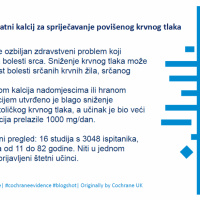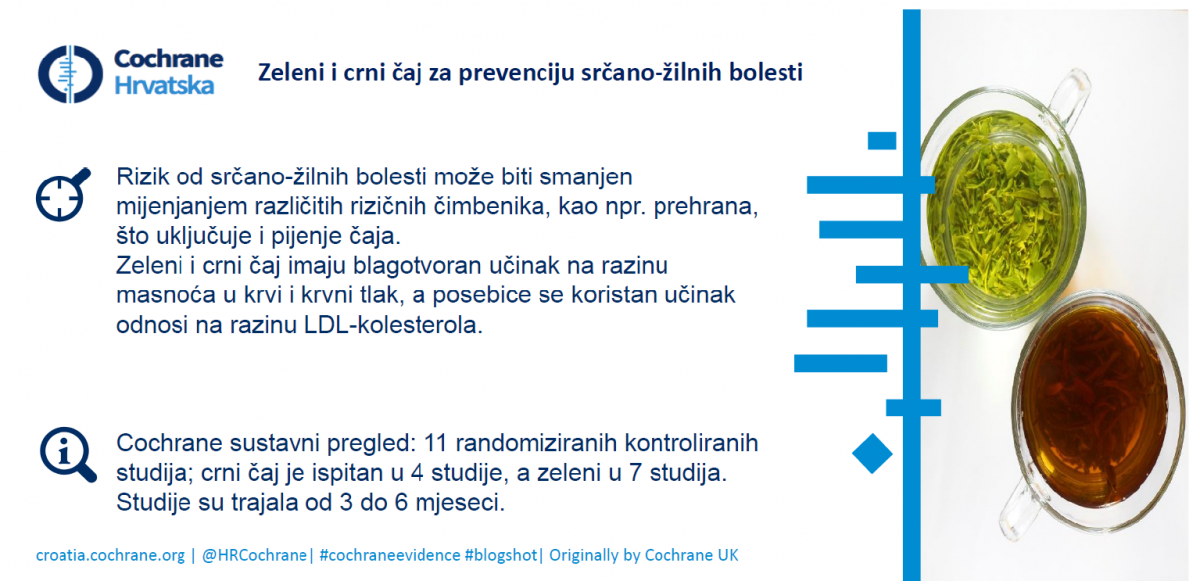
In October 2022, a group of authors (Jurić Petričević Slavica, Buljan Ivan, Bjelanović Dora,
Mrduljaš-Đujić Nataša, Pekez Tanja, Ćurković Mario, Vojvodić Željko, Pavličević Ivančica,
Marušić Matko and Marušić Ana) published a paper entitled " Effectiveness of letters to patients with or without Cochrane blogshots on 10-year cardiovascular risk change among women in menopausal transition: six-month three-arm randomized controlled trial" in the journal BMC Medicine (impact factor 11.150).
Translation of health information to the patients is an important aspect of educational interventions in health care and one of the highly respected and high-quality sources of information for both the doctors and the patients are summaries of evidence synthesis – scientific abstracts and plain language abstracts, respectively, such as produced by Cochrane. The importance of the published article, according to what we know so far, is that this is the first randomized controlled trial that used Cochrane blogshots in a form of health-educational intervention.
Educating patients is the key to changing behavior and improving compliance. It is known that the incidence of cardiovascular diseases (CVD) can be reduced by changing lifestyle habits and detecting and treating risk factors. Unfortunately, prevention recommendations have not yet been applied consistently and optimally to women, due to the misperception that they are "more protected" than men. The aim of this randomized controlled trial was to examine the effectiveness of the intervention in the form of letters on the change of 10-year CVD risk in women between the ages of 45 and 65, with or without Cochrane blogshots about interventions directed to some CVD risk factors.
Our study showed that Cochrane blogshots can be a useful and financially acceptable tool for structured health information so that patients can easily access it and easily understand it. This simple intervention, a letter with reminder of the risk for CVD and blogshot sent at regular intervals, showed as useful intervention to reduce risk.
The article can be found on the link https://www.ncbi.nlm.nih.gov/pmc/articles/PMC9583570/.
Slavica Jurić Petričević, MD

